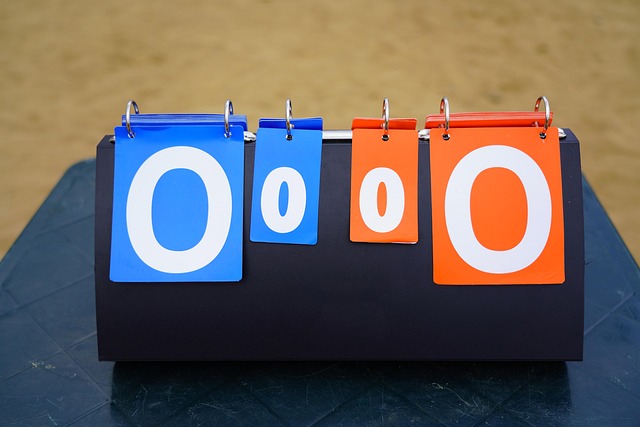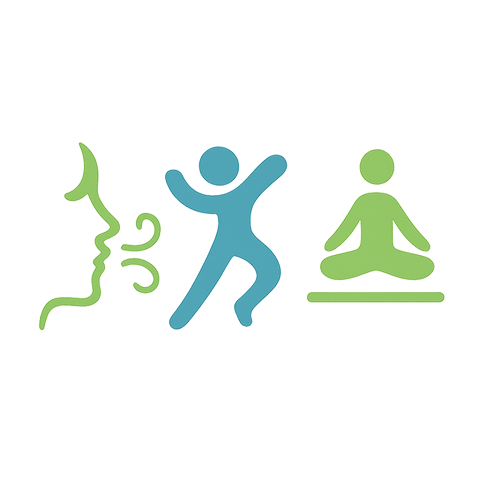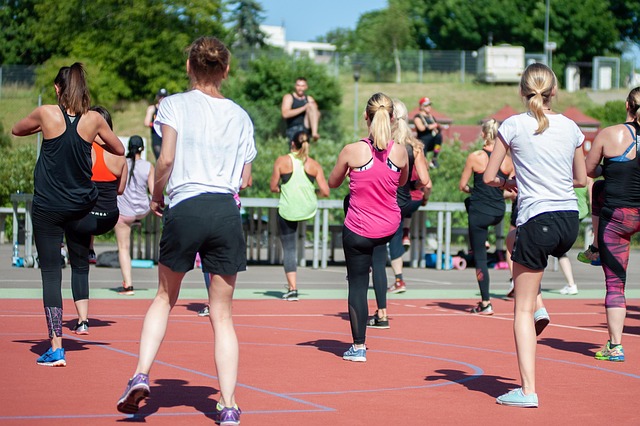
Maximizing Cardio Fitness: Understanding the Caloric Impact of Your Training Activity
When it comes to enhancing your cardio fitness, understanding the caloric amount burned during different training activities can be a game changer. For many fitness enthusiasts, the journey towards better health is not solely about building strength or endurance but also about making informed choices that maximize the impact of each workout. This requires an appreciation of how various exercises affect energy expenditure and, consequently, our overall fitness goals.
A common misconception is that all cardio workouts contribute the same caloric burn. In reality, this is far from the truth. Different types of training, such as running, cycling, swimming, or group fitness classes, vary significantly in their ability to expend calories. For example, running usually offers one of the highest caloric burn rates compared to leisurely biking or walking, mainly due to the intensity involved and the muscles engaged. Understanding these variances empowers you to choose the right activity based on your goals, whether it’s weight loss, improving cardiovascular health, or building endurance.
Let’s explore how some popular cardio activities stack up in terms of caloric amount burned. High-intensity interval training (HIIT) has gained much acclaim lately for its efficiency. Not only does it maximize your workout in a shorter time frame, but it also stimulates post-exercise oxygen consumption (EPOC), allowing your body to continue burning calories even after you leave the gym. This ‘afterburn effect’ makes HIIT particularly appealing for those looking to optimize their time and effort.
On the other hand, steady-state cardio like jogging or swimming offers its own benefits. These activities can be sustained for longer periods, enabling a more substantial overall caloric burn. It’s important to consider how you feel during each type of activity. Some people may thrive on the adrenaline of high-intensity workouts, while others find more pleasure in a long, calming swim or a leisurely bike ride through a scenic path. Always listen to your body and choose activities that you enjoy, as this will lead to greater consistency and long-term success in your fitness journey.
Another aspect to consider is the role of your body composition and metabolism. Everyone has a unique metabolic rate, influenced by factors such as age, gender, and muscle mass. Generally, individuals with higher muscle mass tend to burn more calories at rest and during exercise. As you engage in cardio training, you not only enhance your cardiovascular health but may also build lean muscle, which can positively influence your caloric amount burned daily.
Moreover, integrating variety into your cardio routine can prevent plateaus and keep you engaged. This might include alternating between activities, varying intensity levels, or changing your workout duration. Whether you choose to join a Zumba class, hike a challenging trail, or use an elliptical machine, the key is to constantly challenge yourself while aiming to improve your fitness level.
Lastly, tracking your workouts can be an invaluable tool in understanding just how much work you’re putting in. Apps and fitness trackers can provide data on your session durations and the estimated caloric amount burned. This feedback not only helps you set and achieve your goals but also instills a sense of accomplishment as you see your progress over time.
Remember, the journey to maximizing your cardio fitness is personal, and understanding the caloric implications behind your training activities can significantly impact your approach to health and wellness. As you delve deeper into your personal fitness journey, make informed choices and focus on what works best for you, creating a sustainable and enjoyable path to better health.



